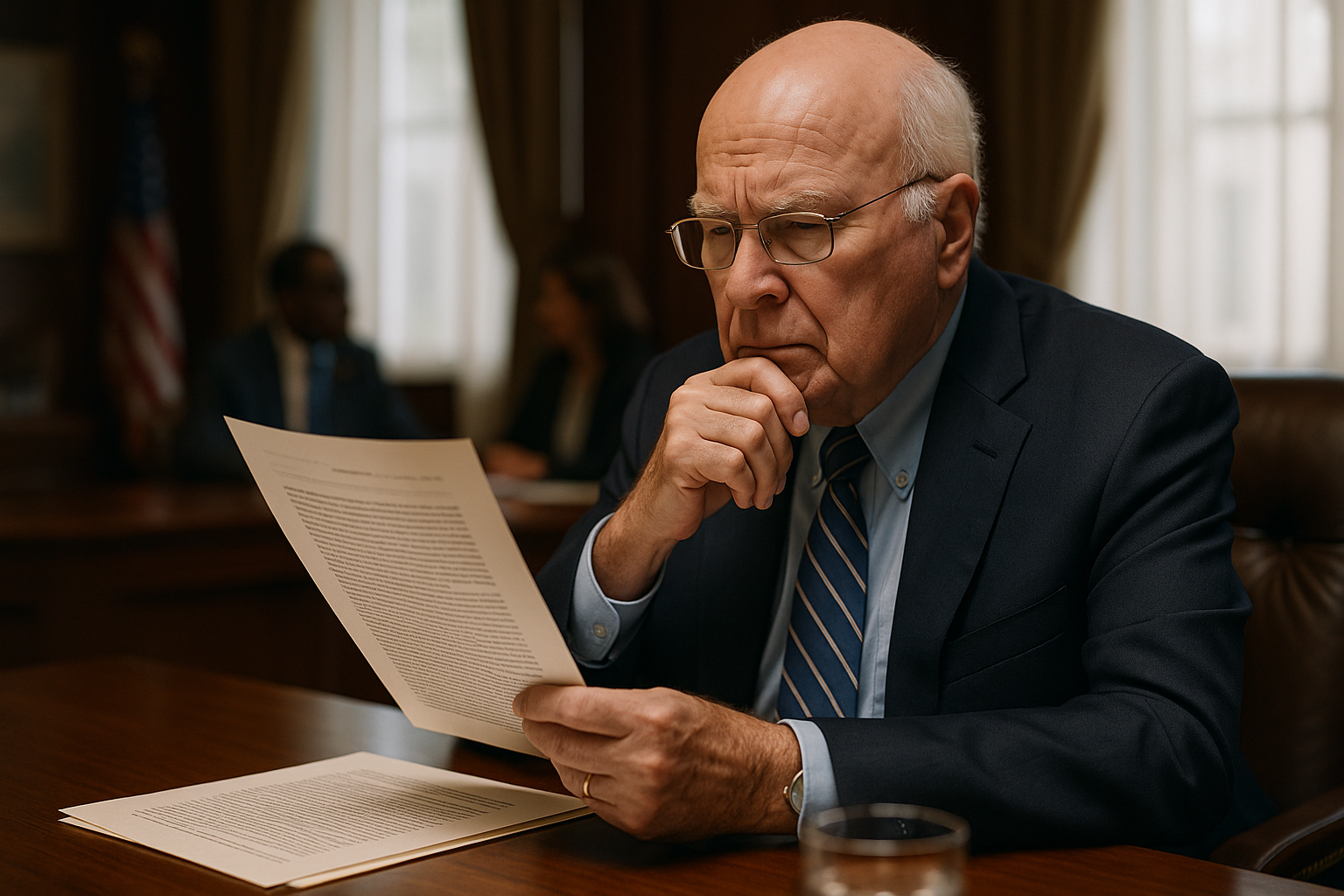Understanding the Implications of the Leahy Law: A Closer Look
Introduction: The Leahy Law, while not a household name, plays a significant role in shaping U.S. foreign aid distribution. This legislation ensures the U.S. does not support foreign military units involved in human rights violations. Let's delve into this law's intriguing history, implications, and current updates.

Historical Context and Key Legal Developments
The Leahy Law, named after its main sponsor Senator Patrick Leahy, was first integrated into the Foreign Assistance Act in 1997. It was designed to prevent U.S. assistance from reaching foreign security forces implicated in gross human rights abuses. This law reinforces the American commitment to uphold human rights worldwide, and it has been amended several times to strengthen its enforcement mechanisms.
Current Legal Updates
In recent years, the Leahy Law has faced numerous challenges and criticisms. Critics argue that it may hinder the U.S.’ strategic alliances, particularly in conflict-ridden regions where human rights abuses are rampant. Meanwhile, supporters maintain that the law is a necessary measure to ensure U.S. aid does not inadvertently support human rights violators. In response to these debates, some have proposed reforms to increase the law’s flexibility and effectiveness.
Implications and Impact of the Leahy Law
The Leahy Law has far-reaching implications, particularly for U.S. foreign policy and global human rights advocacy. It sends a powerful message about American values and serves as a tool to promote accountability and human rights abroad. However, its implementation has sparked debates about its effectiveness and ethical implications, particularly in complex geopolitical contexts.
The Relevance of the Leahy Law in Today’s Geopolitical Landscape
The Leahy Law remains highly relevant today, especially considering the ongoing global conflicts and human rights crises. It represents a distinct approach to international relations, one that prioritizes human rights and accountability. Nonetheless, achieving these goals in practice is a complex task that requires careful balancing of diverse interests and values.
Looking Ahead: The Future of the Leahy Law
The future of the Leahy Law will likely continue to be a subject of intense debate. As the world navigates the complexities of the 21st century, the law’s role may evolve to meet new challenges and opportunities. It is an integral part of a broader conversation about how to reconcile national security interests with a commitment to human rights.
In conclusion, the Leahy Law exemplifies the complexities and challenges inherent in crafting and implementing human rights policy. Its future trajectory will undoubtedly continue to shape U.S. foreign policy, global human rights practices, and international relations more broadly. As such, understanding this law provides essential insights into these critical issues.




